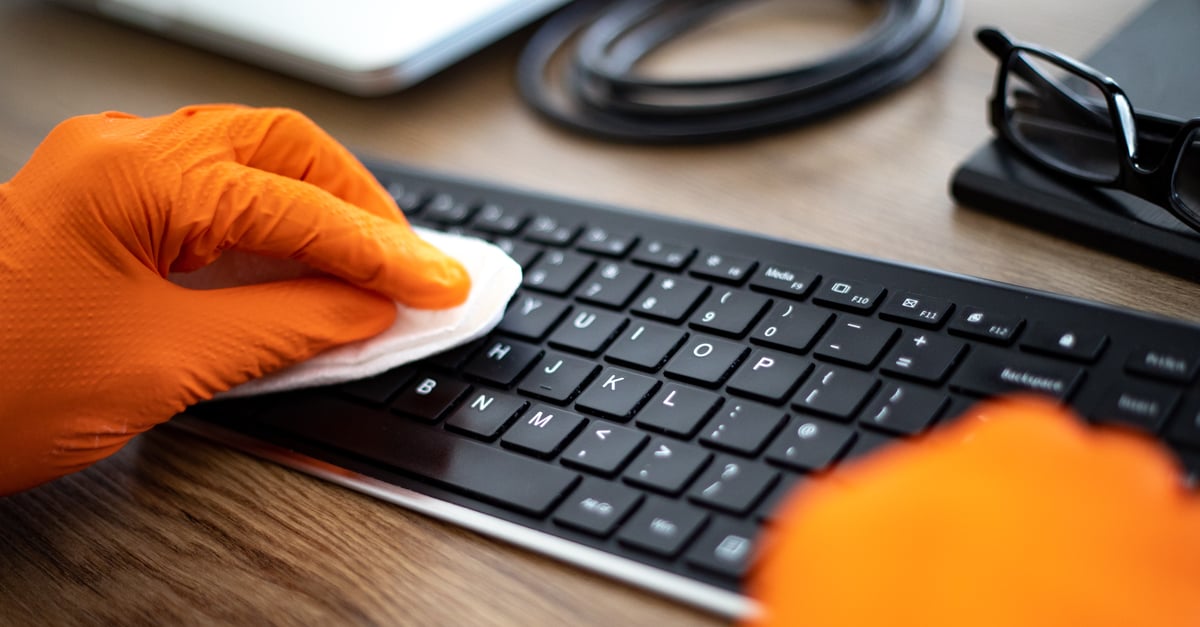Transitioning to a post-lockdown workplace
Occupancy data reduces the risks
Offices and other workplaces are looking for tools to support the safe and effective return of their workforces. The leading real estate journal REjournals.com (Real-Estate Journals) sees office-management platforms like Sony’s Nimway as an important part of the solution. Below is a summary of their report.
Many people have not experienced normal working conditions in a long time. A recent Qualtrics survey found that two out of three Americans feel uncomfortable returning to their workplace. In order to ensure a safe transition, government agencies are working to outline workplace health and safety recommendations. In the US, the Center for Disease Control & Prevention (CDC) has provided criteria to assess whether a workplace is satisfactory, as well as methods to develop hazard controls. However, many property owners and managers are looking for ways in which to further minimise health risks and counteract employee uncertainty.
Research from the magazine CB Insights suggests that, “to stay ahead of the curve, companies will need to consider key investments across wellness, remote collaboration tools, mobile cybersecurity tech, accessible HR tools and workforce training programs for professional development and upskilling.”Several such technologies already exist, such as Sony’s easy-to-install office management platform, Nimway, that facilitates everyday tasks like room booking and wayfinding.
“Companies need to consider key investments across wellness, remote collaboration tools, and workforce training programs….”
Nimway was initially created to make certain simple but time-consuming asepcts of office life as frictionless as possible, but its uses have been extended during the pandemic. Monitoring and managing office and room capacities, booking rooms in advance, and wayfinding are all central features that support social distancing. Other features, such as Nimway desk-sensors, can mark spaces as “unavailable” until after they have been cleaned.
Lars-Gunnar Lundgren, the head of Nimway, believes that while Nimway obviously cannot guarantee people’s safety, it offers invaluable help to companies in implementing COVID safety policies. Sony isn’t encouraging companies to reopen offices hastily. Rather, Lars-Gunnar sees Nimway as a useful tool for planning and preparing a controlled transition that is fitted to individual country’s regulations and specific company’s aims. This includes implementing a hybrid working model – an idea that has gained traction iduring the pandemic, as employees demonstrated they could cary out many work tasks equally effectively from home or from a ‘third space”.
Naturally, Nimway will continue to serve a purpose after the pandemic. Beyond boosting employee satisfaction by allowing people to spend more time on creative and productive tasks, it provides facility managers with space utilisation data to make office layouts more effective. As a result, Nimway could even help eliminate the need for additional buildings, potentially reducing short-term raw material use as well as long-term energy consumption.
What is clear is that achieving safe post-pandemic workplaces requires careful consideration and, in some cases, practical reorganisation. And tools like Nimway will be an important part of the solution.
Learn more about the Nimway smart office solution >>